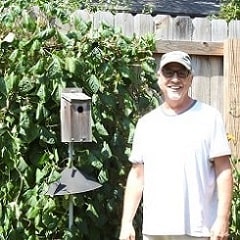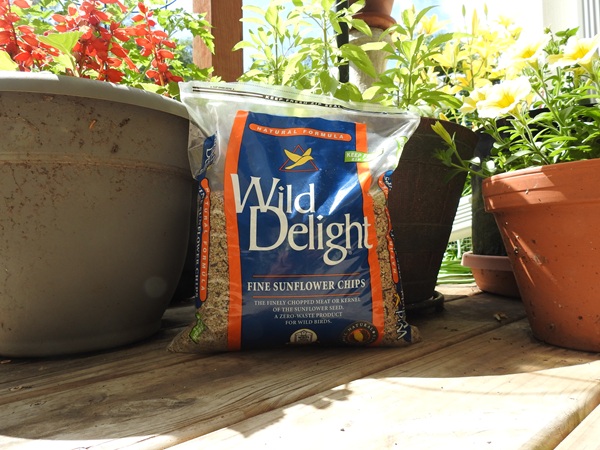Male vs. Female Dark-eyed Juncos: How to Tell Them Apart
These lively little "snowbirds" look so much alike that even experienced birders pause for a second look.
This guide compares the two most common forms across North America, the Slate-colored Junco of the East and the Oregon Junco of the West.
Though both belong to the same species, their males and females follow a consistent pattern: males are darker and more sharply defined, while females show a softer, browner tone.
With practice, you can spot these quiet distinctions in color, behavior, and posture, especially in winter when both sexes visit feeders together.
Slate-colored Juncos - Eastern "Snowbirds"
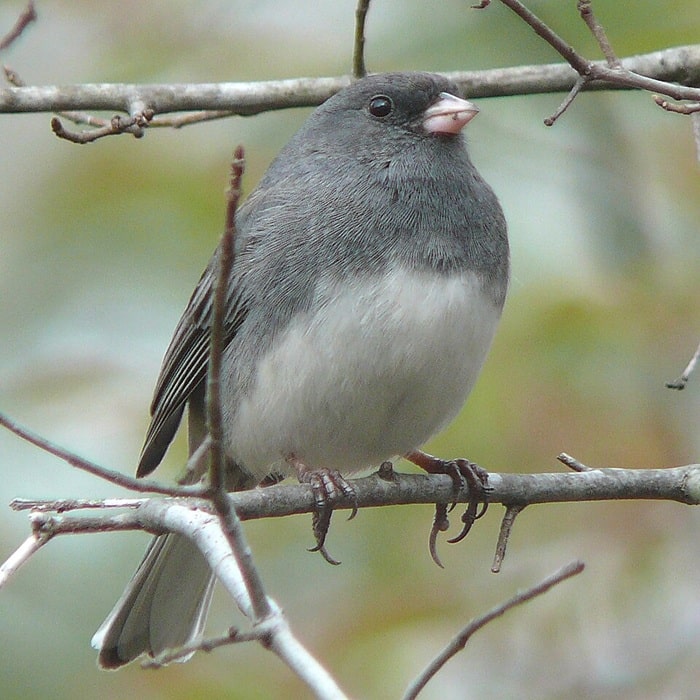
The Slate-colored Junco breeds throughout most of Canada and the northern United States, then spreads south each fall into the Midwest, Northeast, and southern states.
Males are a dark slate-gray that looks almost charcoal in bright light, contrasting with a pure white belly and flashing white outer tail feathers.
Females have the same pattern but in lighter, warmer hues. Their backs and flanks often show a soft wash of brown or buff.
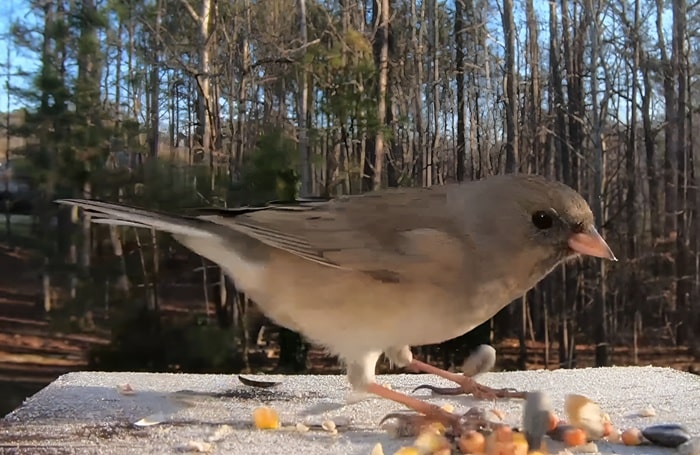
When seen side by side, the difference is clear: the male looks crisp and uniform; the female more blended.
In late winter the difference narrows because feather wear dulls even the male's plumage.
After the spring molt, new feathers restore his rich gray coloring, while the female's remain subtly brownish.
Oregon Juncos - Western Counterparts
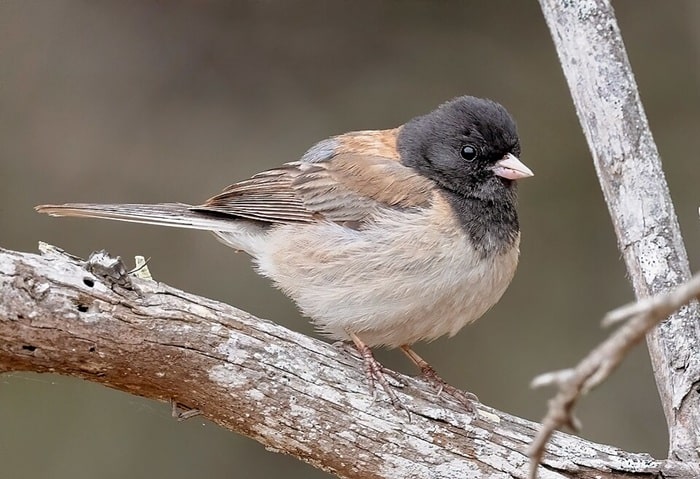
The Oregon Junco breeds across the mountain ranges of the western U.S. and along the Pacific Coast, migrating only short distances downslope or southward in winter.
Males are striking with a black hood, warm brown back, and pinkish sides; females trade the black for gray and wear gentler tones overall.
The Oregon form actually represents a small complex of local populations, for example J. h. montanus in the Rockies and J. h. oreganus along the coast, each showing minor variations in color depth.
No matter the population, males retain bolder contrast while females remain softer and lighter.
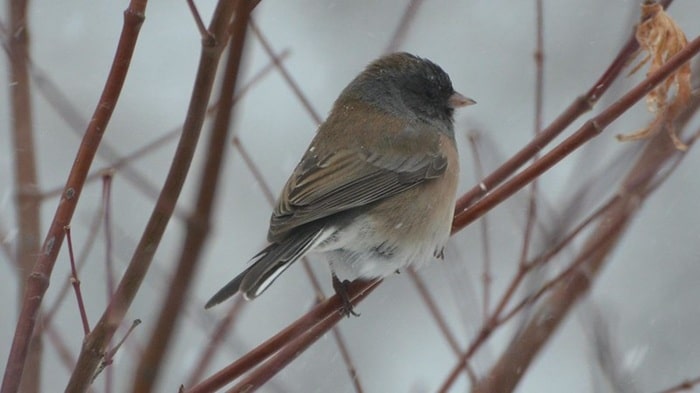
Photo © Wildreturn
Behavior at the Feeder
When lighting or plumage makes identification tricky, behavior offers another clue.
In mixed winter flocks, male juncos often act as the assertive ones, claiming the best feeding spots or chasing others away.
Females tend to feed quietly along the edges or wait for an opening.
Come spring, males announce themselves with a musical trill to attract mates and defend territory.
Females rarely sing, though they give short chip calls near the nest or while feeding young.
The Challenge of Juveniles
During late summer and early fall, juvenile juncos add confusion.
Young birds of both sexes look a lot like adult females, brownish with streaked breasts, and keep that plumage until mid-autumn.
Until they molt into adult colors, it's easy to mistake them for females at your feeder.
When and Where to Watch
From October through March, both sexes share the same wintering grounds, east for the Slate-colored, west for the Oregon.
By early spring, males usually head north or upslope first to claim territories, while females follow a bit later.
If you watch carefully in good light, that slight but consistent difference: darker, crisper males and paler, softer females, becomes obvious.
Appreciating the Subtle Beauty
While juncos may not flash bright colors, they reward careful observation.
Learning to tell males from females deepens your appreciation for a bird that many of us take for granted each winter.
The next time a flock of Dark-eyed Juncos hops beneath your feeder, look a little longer.
Whether you're seeing the Slate-colored form from the East or the Oregon form from the West, each is a reminder that even the most common birds have stories written in their feathers.
Entities




